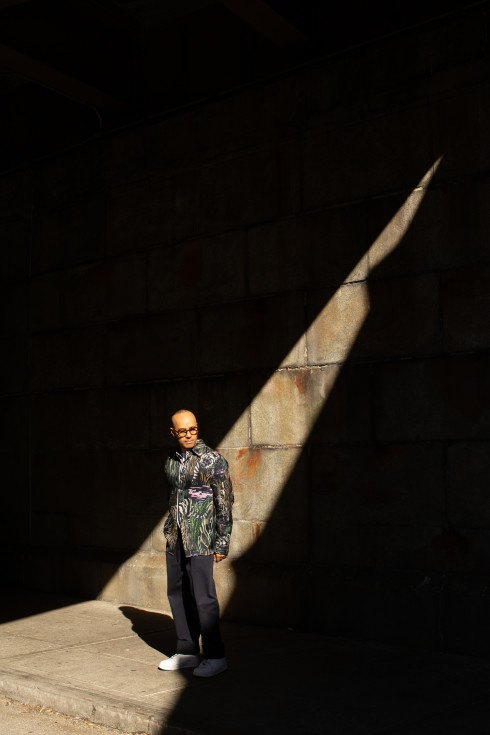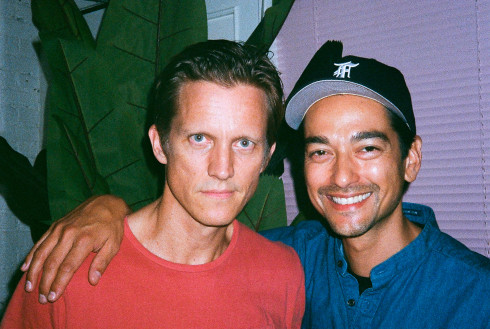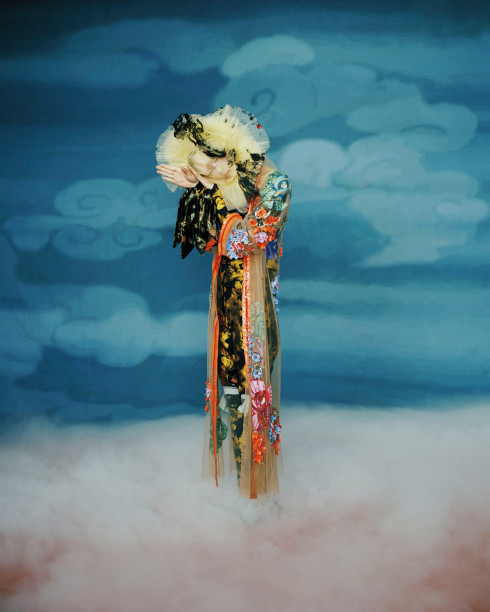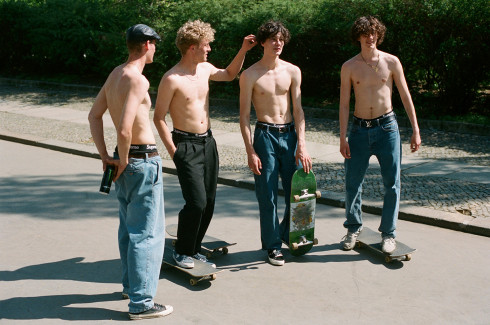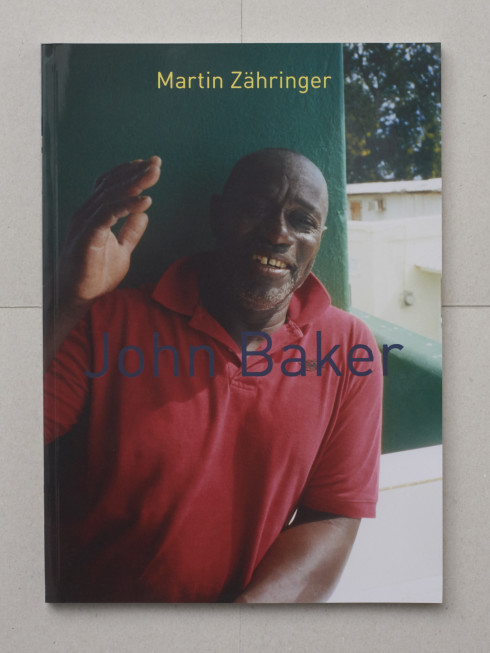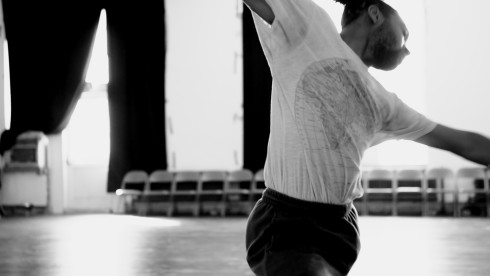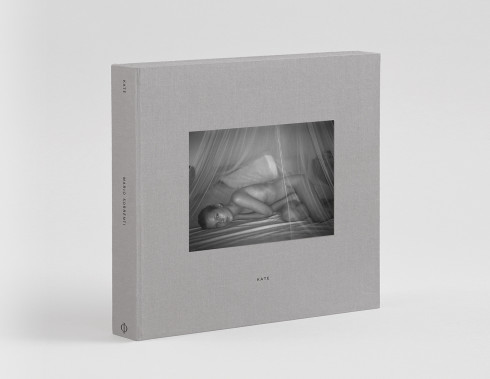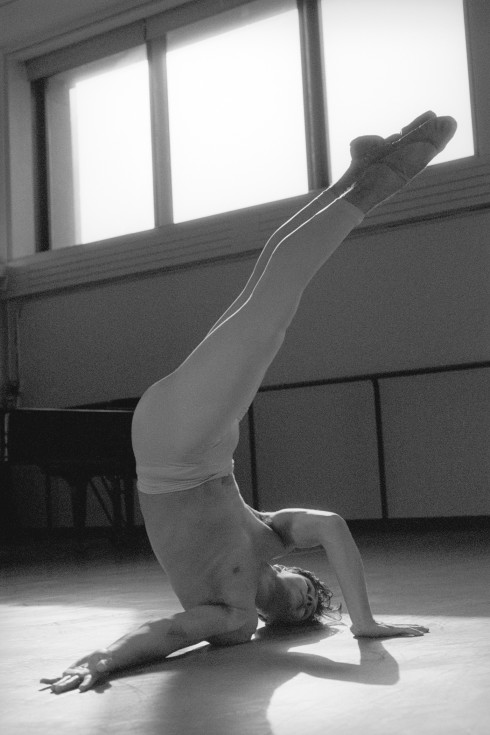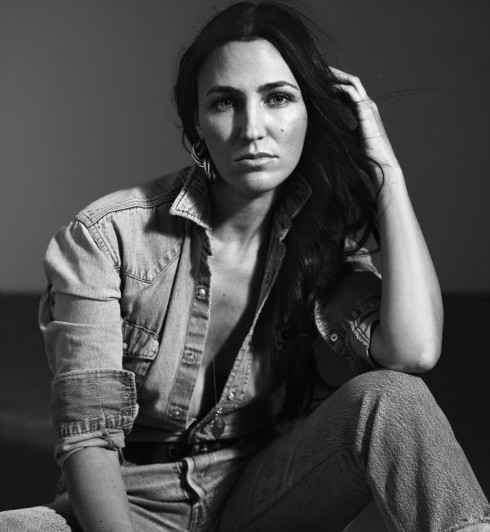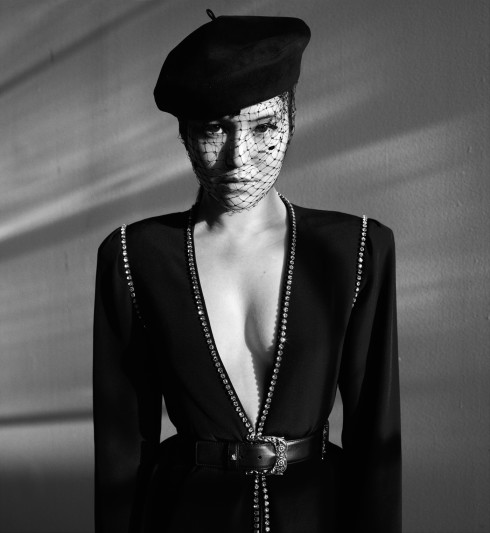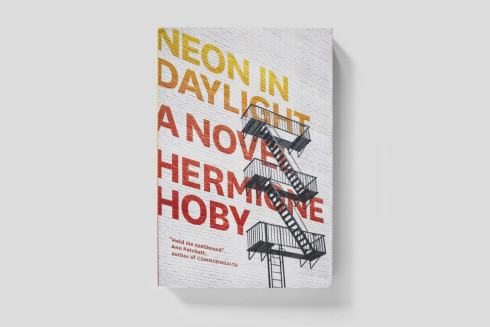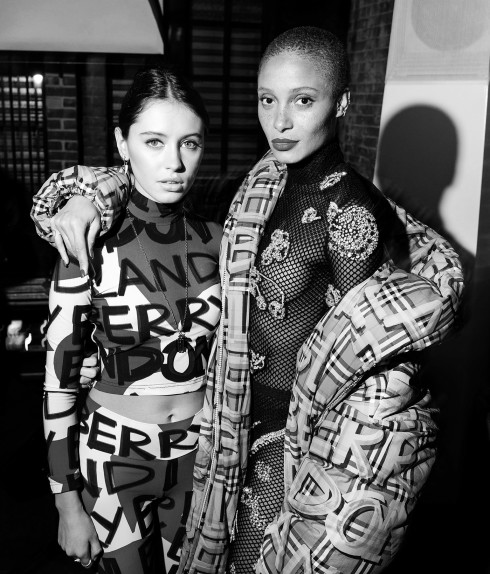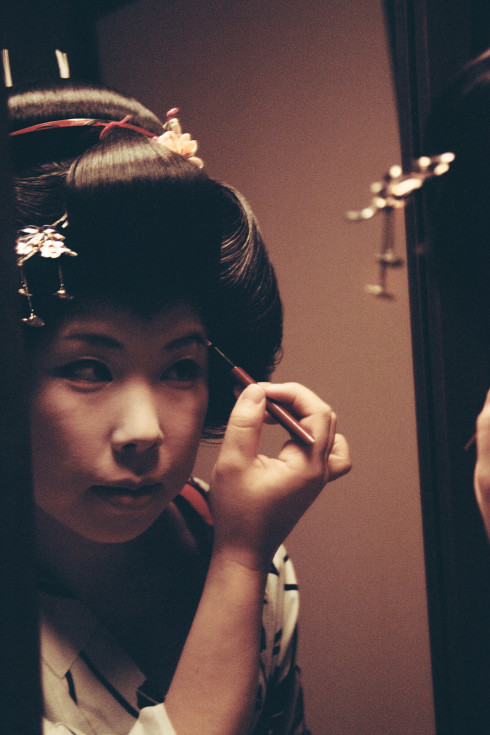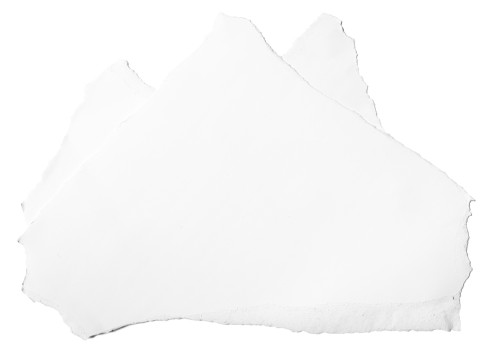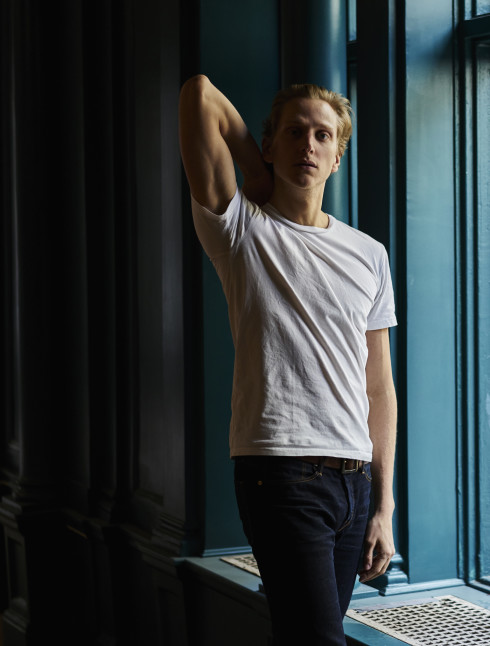
- By
- Jonathan Shia
- Photography by
- Alexi Lubomirski
BENJAMIN MILLEPIED PUSHES FORWARD IN 'I FEEL THE EARTH MOVE'
The house lights stayed on and the stage lay bare, stripped of all decoration, as the opening strings of Philip Glass’s “I Feel the Earth Move” started playing at Lincoln Center on Wednesday evening, marking the world première of Benjamin Millepied’s latest work for American Ballet Theatre. This stagecraft marked I Feel the Earth Move as something new for grand-scale ballet in New York, and over the next twenty-some minutes, a roster of the company’s stars—from Misty Copeland and Hee Seo to David Hallberg and Herman Cornejo—performed a powerfully expressive dance that was vigorous, emphatic, and unafraid to push in unexpected new directions. “I’m fully expressing myself with I Feel the Earth Move,” Millepied explains. “It’s totally me. I wanted to see that theater differently. I wanted people to feel differently in the hall. I wanted them to be confronted with things that they’re not used to being confronted with.”
Millepied, a former principal dancer at New York City Ballet, has been a major choreographer for well over a decade now, although I Feel the Earth Move marks his first commission for ABT since 2011. In the intervening years, he helped invigorate the Southern California cultural scene with his company L.A. Dance Project and served as the director of dance at the Paris Opera Ballet, where he struggled to bring the centuries-old organization into the modern age. He worked closely during his time in France with William Forsythe, the celebrated choreographer whose boundary-pushing works have long been more prevalent in Europe than here. Millepied is not shy in identifying his influence on his own work, especially in its refusal to offer up easy answers. “He essentially took ballet and showed us all that it could be, beyond what Balanchine had done, in showing that it could be conceptual,” he says. “Ballet could be shown and could be explored in so many different ways and in the way that it was presented and in its content and its abstraction.”
Millepied, a native Frenchman, credits his recent tenure in Paris with helping illuminate some of the societal differences underlining the reception to the arts in Europe versus the United States, which has been his home for many years. He speaks about the effects of New York’s Judson Dance movement of the Sixties on young European choreographers today, but says the progressive center of gravity has shifted away from America lately. “Europe still has an open-mindedness and an embracing of art,” he emphasizes. “Younger people are going to the theater and are more involved and there is more cross-pollination with people who are interested in contemporary art or popular music. Here, we’re suffering from short attention spans and the need to be completely stimulated. It’s a society of addiction, so you have to keep people on the hook.”
To that end, I Feel the Earth Move makes reference to political unrest and the possibility of an army state, but rejects grandiosity and flash in its style. Hallberg’s opening solo is precise and impassioned, and the corps of twelve women moves with an imposing, sometimes-martial quality, while Copeland and Cornejo perform a mesmerizingly emotive pas de deux in the final movement. There is no question that the work marks a fresh sensibility for ABT and, coming in a program that also included a revival of Millepied’s mythological Daphnis and Chloe and the première of his Counterpoint for Philip Johnson (celebrating the theater’s architect and performed on the interior balconies of the promenade by members of ABT’s Studio Company and students during intermission), it demonstrated his determination to push the art form through what he sees as a “tricky moment” when it is all too easy to rely on tired formulas and standards, even at the risk of alienating some viewers. “There’s nothing wrong today with an artist working in his medium in a way that’s old-fashioned, as long as it has a view of representing something in society that is contemporary or modern,” he says. “We are in an interesting time because you can express yourself in many different ways. I don’t believe there’s a rule, but that said, we’re talking so much about trying to make ballet relevant and it’s not going to be relevant if you keep seeing works that look like they could’ve been made fifty years ago. My view is that it’s so much more important to go against the trend and create meaningful experiences for people. It’s not about how many people come—it’s how many people stay and how many people pay attention.”
- By
- Jonathan Shia
- Photography by
- Alexi Lubomirski
